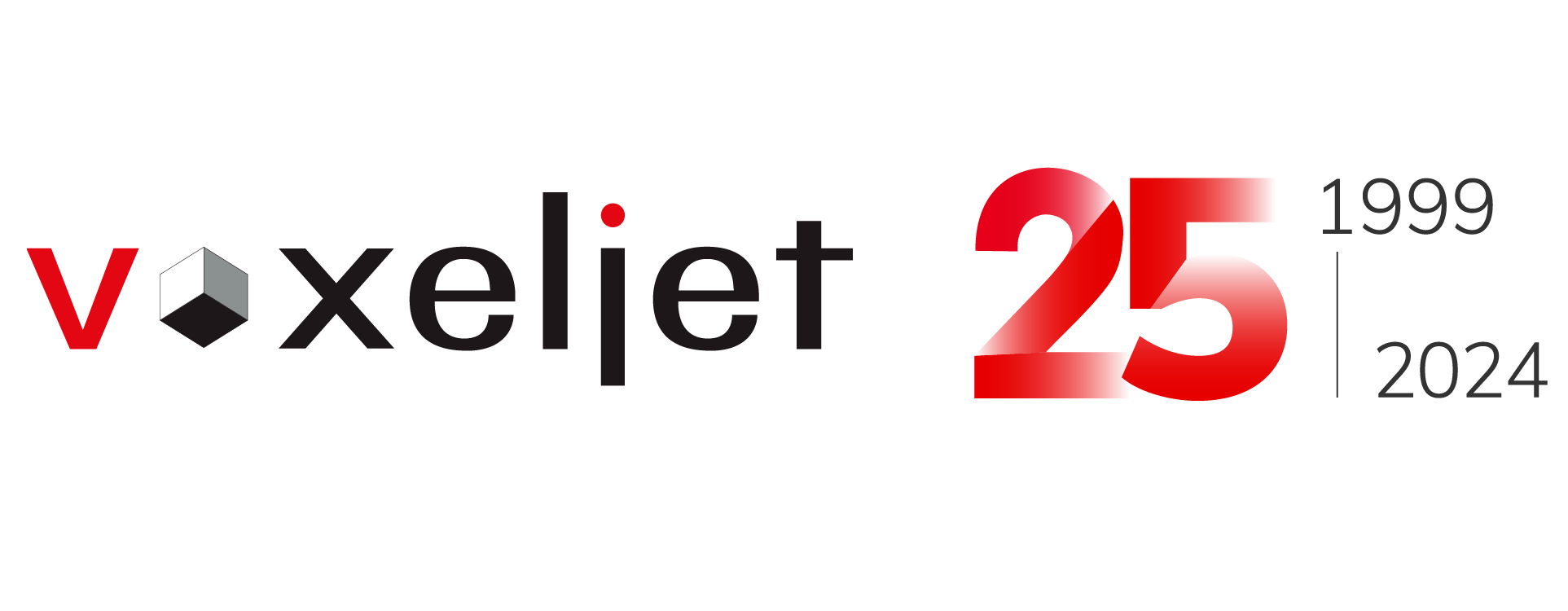- Home
- Additive Manufacturing
- 3D Printing Processes
An overview of 3D printing processes
BJ, FDM, SLA, SLM, SLS – these acronyms all refer to 3D printing technology processes. Read more to get an overview of the different types of additive manufacturing processes.
The world of additive manufacturing is now very large, versatile and sometimes confusing. What is an additive manufacturing process and what exactly is the difference between laser sintering (SLS) and laser melting (SLM)? When do I use stereolithography (SLA) and when do I use fused deposition modeling (FDM)? Is binder jetting the right 3D printing technology for me if I need large quantities?
At voxeljet, you’ll get the lowdown on the five major processes for 3D printing, along with their functionality, benefits, and applications. While the technologies have significant differences, they also have one crucial thing in common: these 3D printing processes mark the dawn of a new age of design and production.
What are the different additive manufacturing processes?
The success story of additive manufacturing began in the mid-1980s. Initially used for rapid prototyping applications, 3D printing has now shed its infancy and developed into a permanent production medium across various industries.
The trend is moving even further in the direction of series production. The potential is great, but not every 3D printing technology is suitable for serial production. Compare the different 3D printing manufacturing processes in the list below and find the perfect technology for your application:
SLA
Stereolithography was the first patented 3D printing process and is still the technology of choice today when perfect surfaces and precision are required.
SLS
Selective laser sintering is a process used for the precise production of stable and flexible plastic parts and has one of the broadest material portfolios.
SLM
Selective laser melting is the counterpart of SLS for the additive manufacturing of metals. Fast, tool-free and for components with a very high material structure.
Binder Jetting
Binder jetting is arguably the most productive of all 3D printing technologies, thanks to industrial print heads for maximum economy and detail.
FDM
Fused Deposition Modeling is a filament-based process for 3D printing. As it is one of the most affordable forms of 3D printing, it is popular in the maker scene. Its key advantages are the simplicity of the process and the low-cost materials.
Contour Crafting
Contour crafting refers to a special form of 3D concrete printing. In this process, a concrete mixture is applied by means of an extruder nozzle attached to a gantry crane.
Industrial 3D Printing Systems
In addition to industrial 3D printers, we also offer parts delivery on demand. Learn more about it here.


















